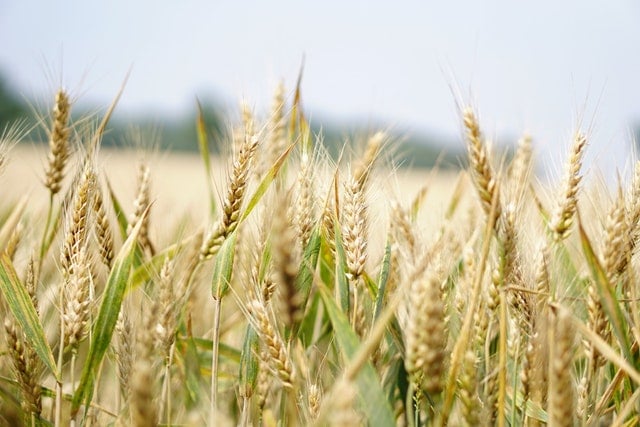Farming isn’t what it used to be thanks to the introduction of technology and software engineering in agriculture. Agricultural software has revolutionized agriculture and has enabled greater per acre yield to fulfill the demands of growing nations and economies. Rather than relying on intuition, farmers can back their experience with reliable data and power their decision-making. Given below are some of the benefits associated with introducing software in agriculture:
Ability to use GPS Tracking
Rather than manually having to visit agricultural fields for surveillance, farmers can simply use a combination of GPS tracking and drone camera technology to view any part or portion of their field. This is especially useful in cases of large acres of cultivated land with certain parts that are susceptible to water or insect damage and hence require constant video surveillance. Certain thermally powered drone cameras are also able to point out areas in the field that may be experiencing water shortages and notify farmers accordingly.
Ability to increase yields per acre
The growing worldwide population has presented a growing demand for agricultural goods with the amount of cultivated land remaining the same. This increase in demand calls for the need to increase per acre yield, and the introduction of technology in agriculture has made it possible. Enhanced quality seeds, better machinery, optimized watering, and just enough use of supplements have increased crop yield and agricultural productivity astoundingly. Agriculture software also notifies farmers about the optimal time to plant seeds which also contributes to an increase in yields per acre.
Optimal use of resources
Water, insecticides, pesticides, and fertilizers are important farming resources that need to be used in optimal quantities to protect crops from undue damage and to improve crop yield. Modern technology and software allow farmers to assess their crops and determine the exact pesticides and supplements required for their yield. While earlier farmers used to apply a standard amount of the mentioned resources all over their field, technology enables them to scientifically assess their current yield and determine the exact mix of nutrients required.
Introduction of mechanization
Earlier, manual labor used to be a crucial part of all farming practices with most of the agricultural work such as land preparation, seed sowing, irrigation, fertilization, and harvest happening manually. Technology and software have enabled the mechanization of agriculture and hence have optimized all agricultural processes. Work that used to take up days of a farmer’s time can now be completed in a matter of hours. The use of machinery has also standardized crop yield as manual work doesn’t guarantee stable yields.
Prediction of weather conditions
Climate and weather prediction are integral parts of agricultural processes, and software allows farmers to be aware of probable weather conditions through artificial intelligence. Harsh weather conditions require farmers to prepare their agricultural lands accordingly and install protective barriers for oncoming troubles. AI-powered tools hence enable precision farming and aid experienced farmers in decision-making. Certain agricultural software, in addition to predicting the weather, also notify farmers of the appropriate measure they should be taking in each case scenario.







 WebProNews is an iEntry Publication
WebProNews is an iEntry Publication